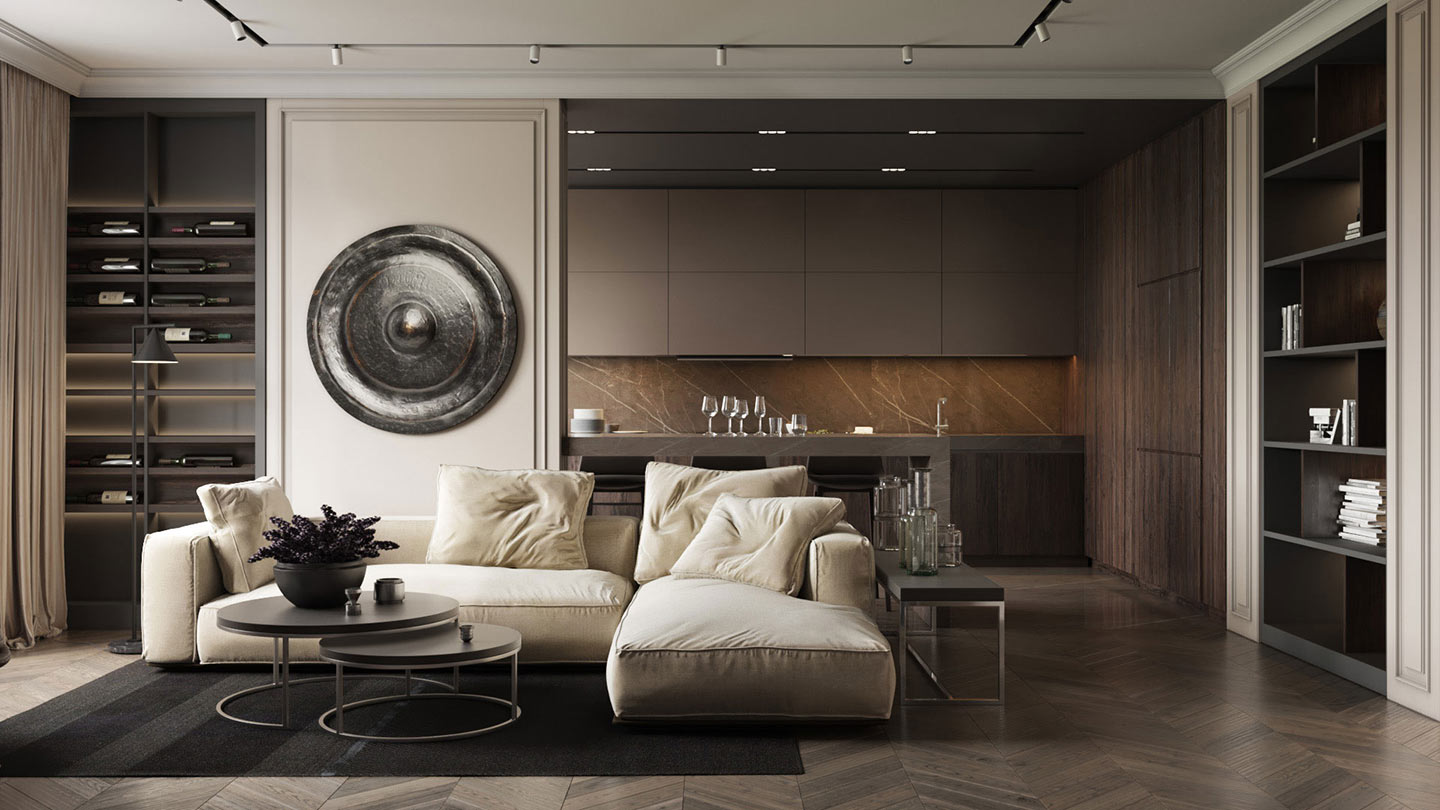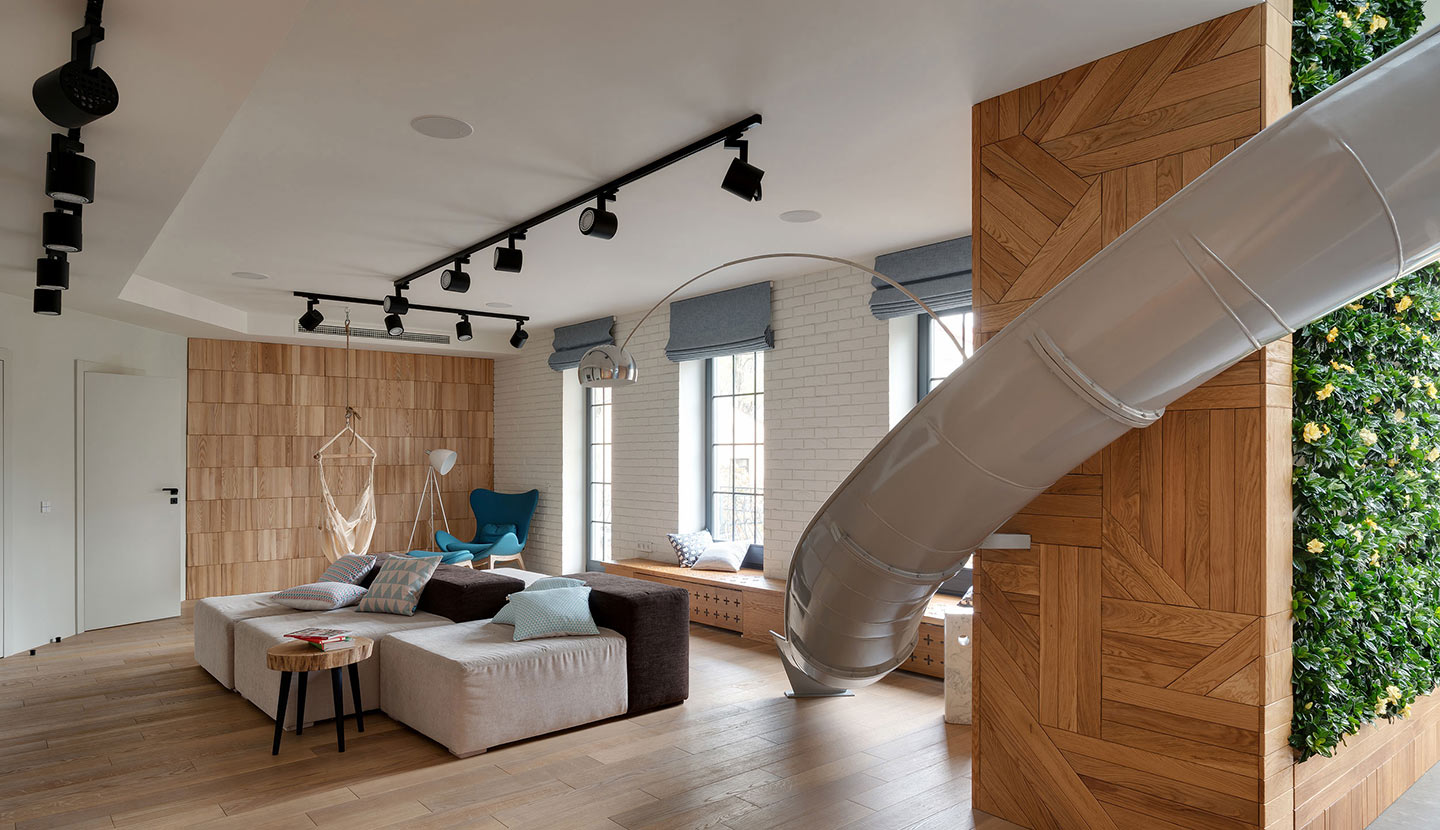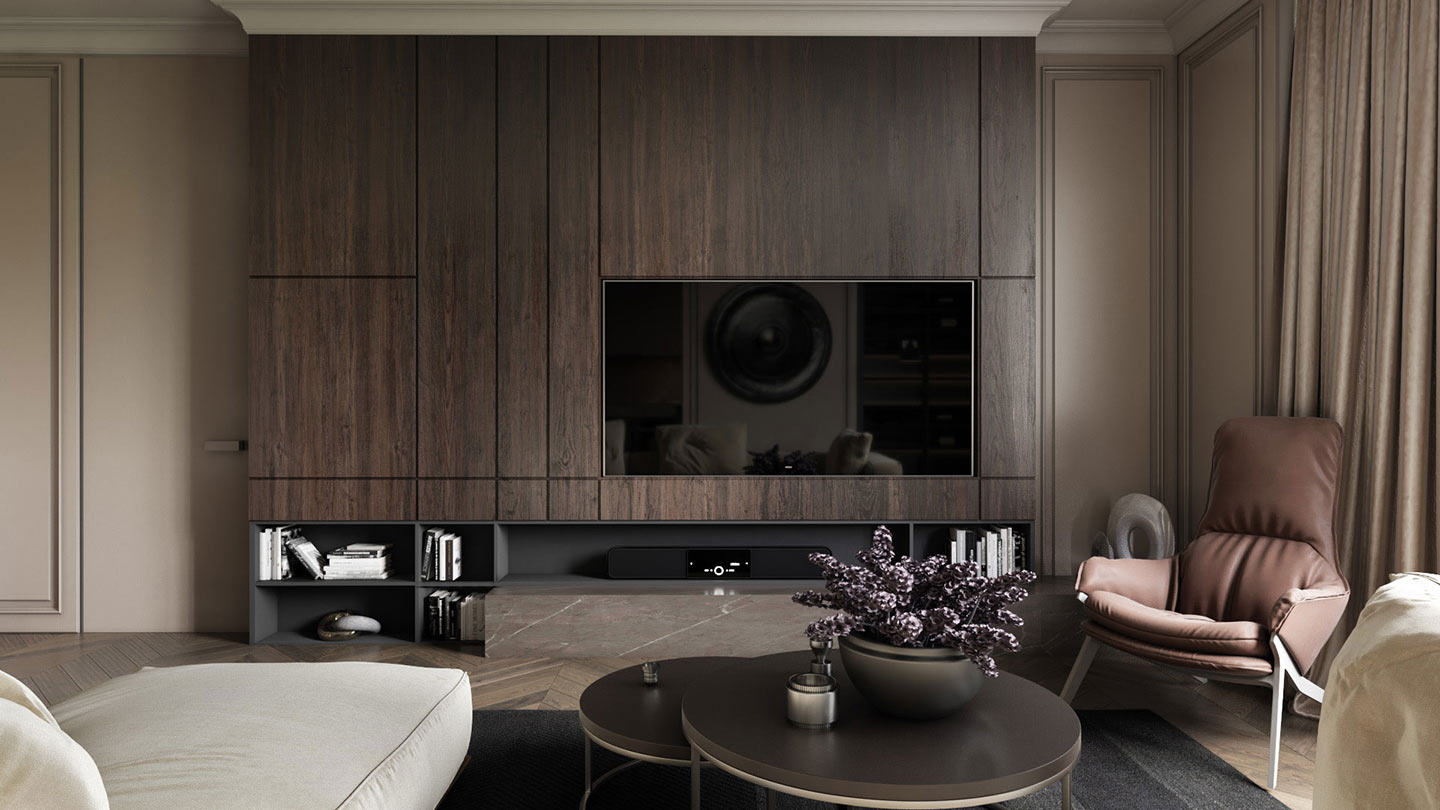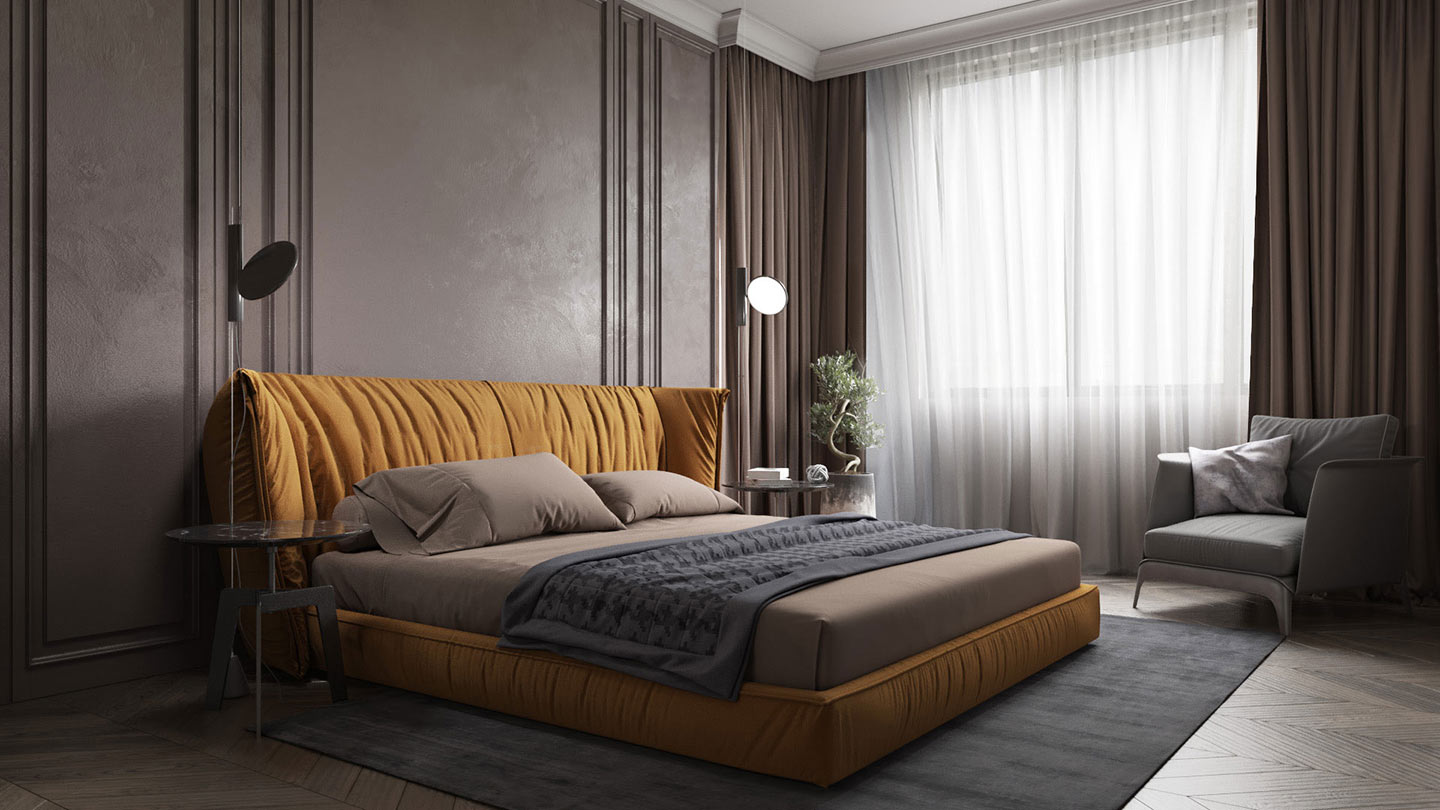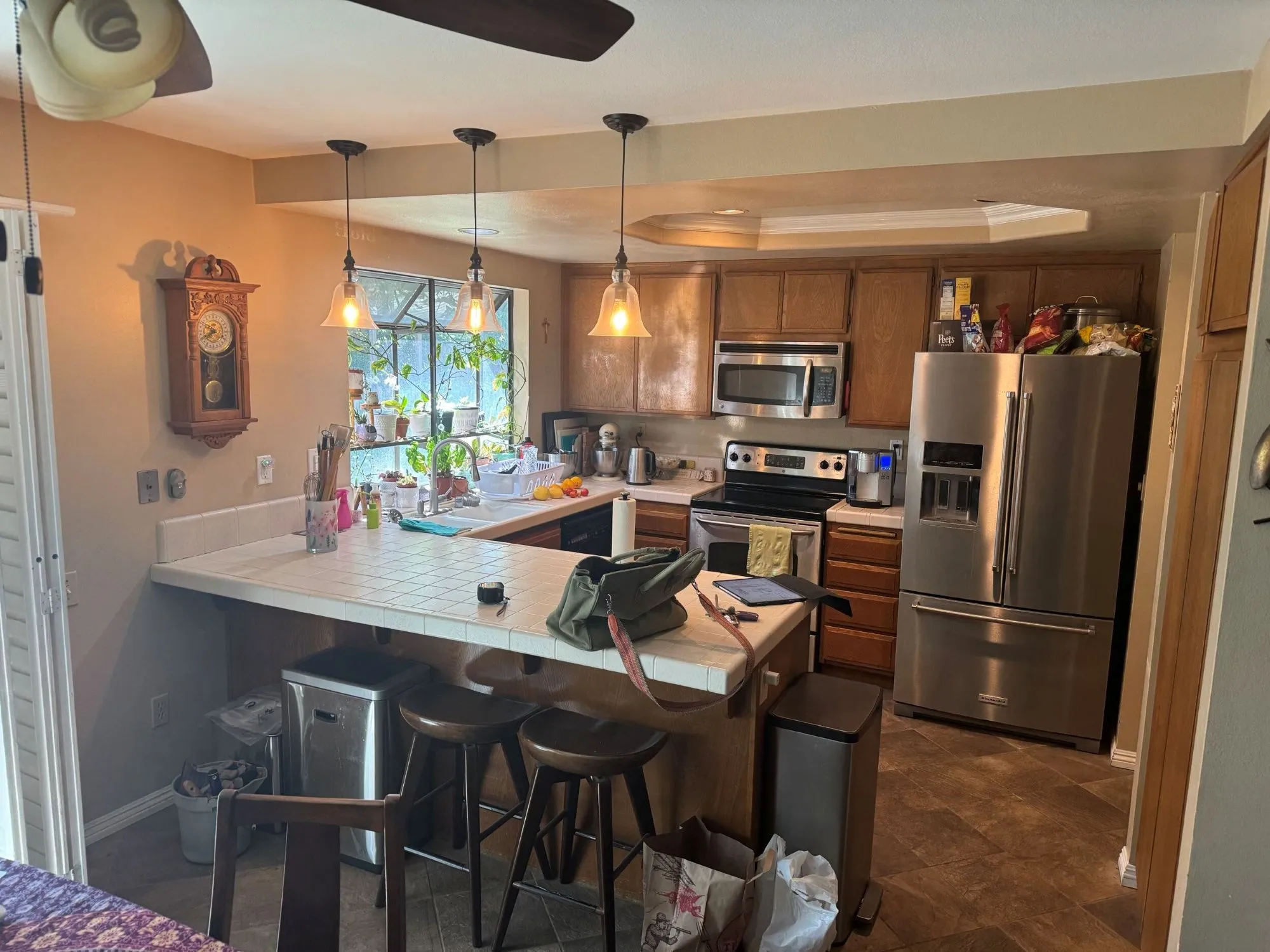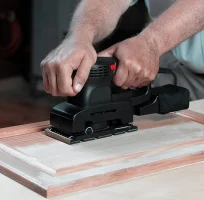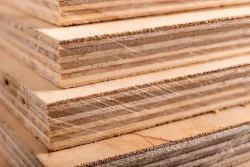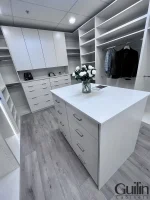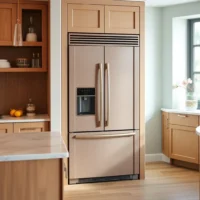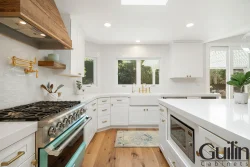The kitchen island, also known as a peninsula, is a central and multitasking piece of furniture in the kitchen interior. Whether you are looking to revamp your kitchen or are in the process of building a new one, choosing the right kitchen island that matches your style is crucial. It’s essential to consider both functionality and aesthetics to make sure your kitchen island seamlessly integrates with the overall design of the space.
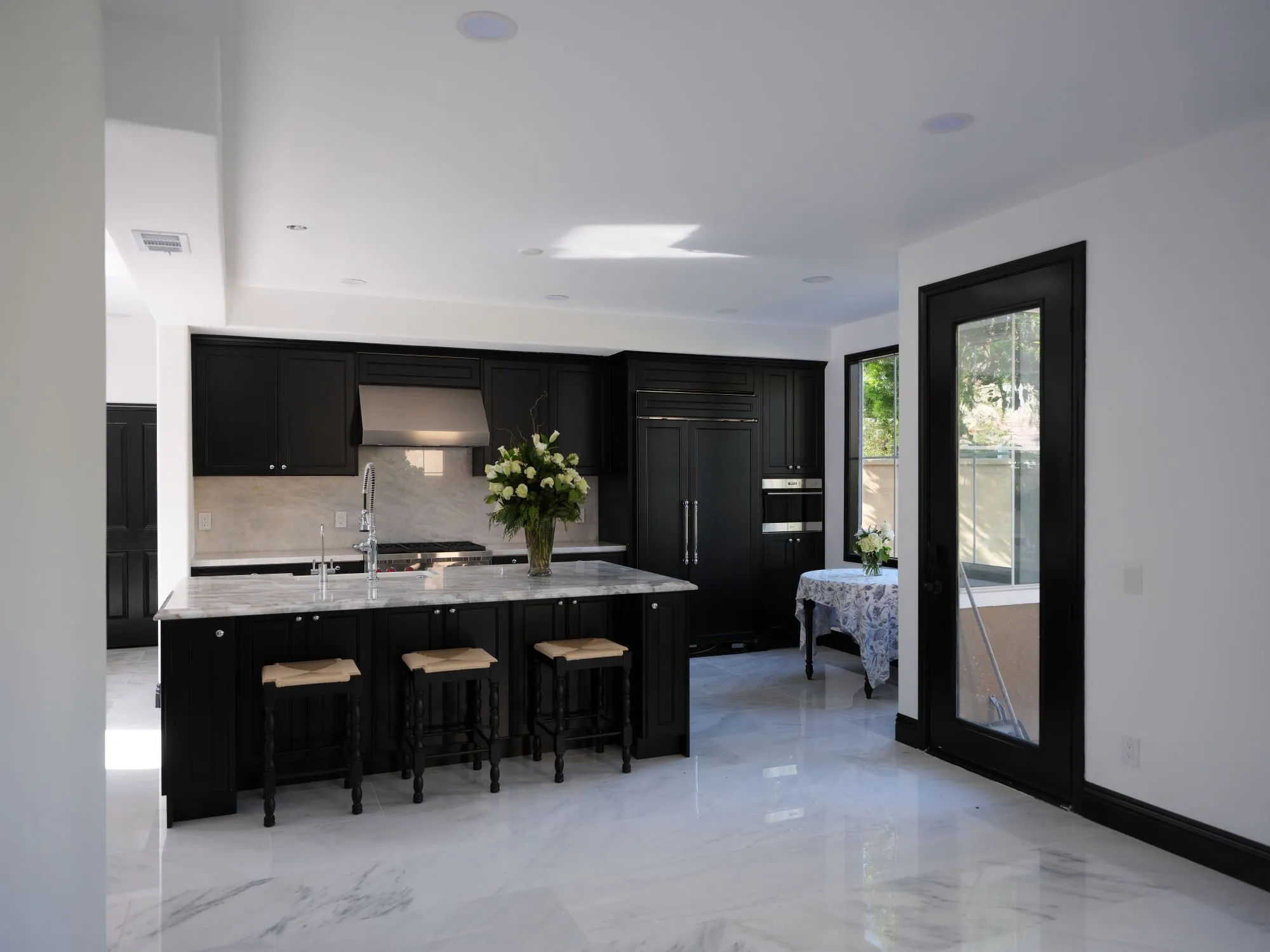
In this guide, we’ll explore various types of kitchen islands and provide helpful tips for selecting the perfect one for your kitchen. From clearance zones to multifunctional features, we’ve got you covered. So let’s dive in and discover how to choose a kitchen island that perfectly complements your kitchen style!
What You Need to Know Before Buying a Kitchen Island?
The kitchen island, also known as a peninsula, is the center of activity in many homes. It’s where friends and family gather to eat, help with the cooking, or share a conversation. This central position makes kitchen islands a key feature and an excellent way to add personality to your kitchen design.
- Customize it to your space.
- Analyze your clearance zone.
- Prioritize safety.
- Plan for a multifunctional kitchen island.
Perceiving the unique aspects of your kitchen space and usage patterns will guide you in selecting the perfect island for your needs. Consider the size and layout of your kitchen as well as your kitchen’s theme and color scheme.
Size and Layout of Your Kitchen
With the increase in popularity of open floor plans, the size and layout of your kitchen play a crucial role in determining the right kitchen island for your space. When considering the size of your kitchen island, take into account the available space for clearance around the island, ensuring free movement. Also, assess the traffic flow and potential safety concerns, allowing for easy access to appliances and cabinets.
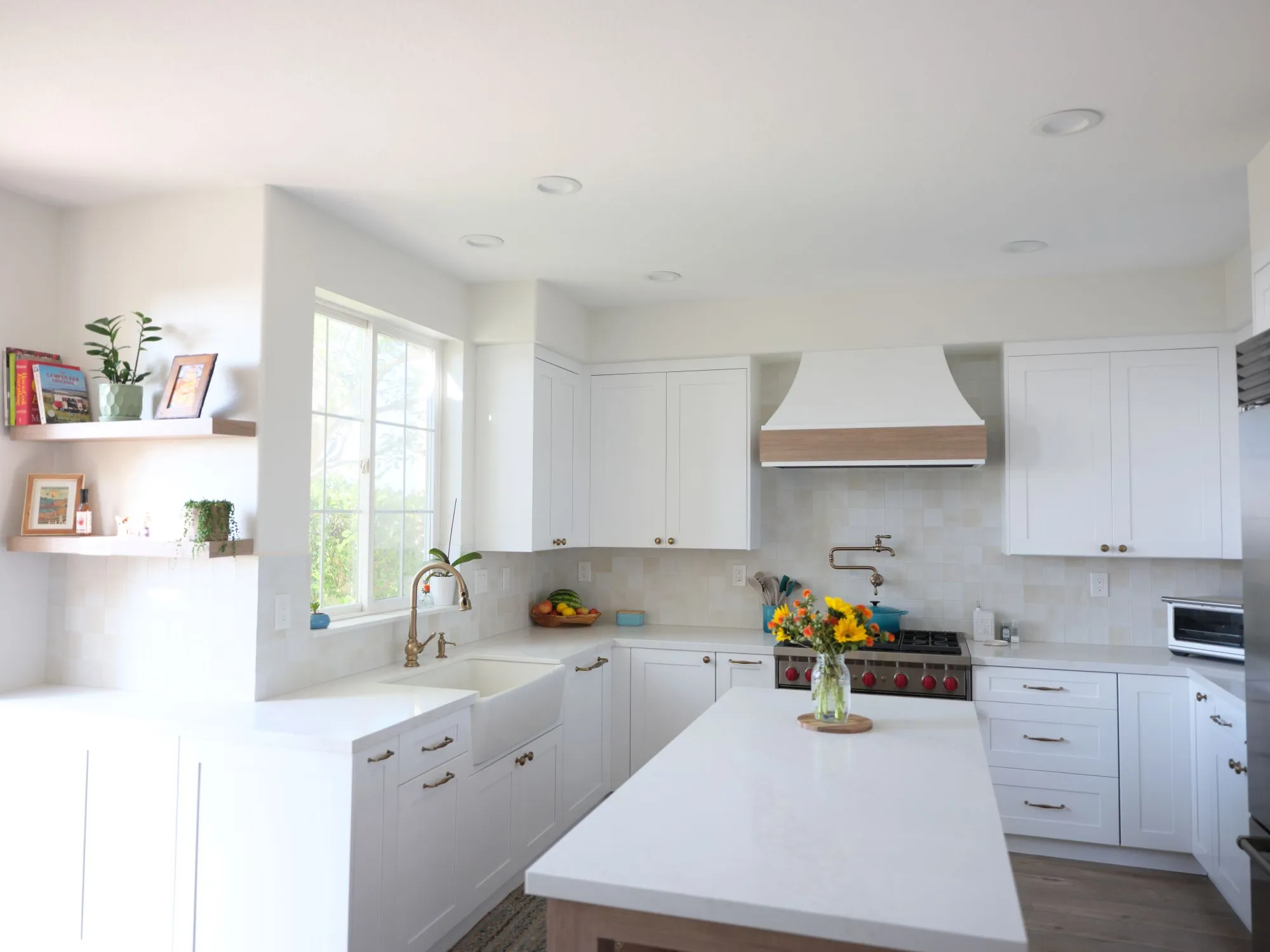
Your Kitchen’s Theme and Color Scheme
Kitchen islands are not only functional but also serve as a focal point in your kitchen. When choosing an island, consider your kitchen’s theme and color scheme. The design, materials, and color of the island should complement the overall aesthetic of your kitchen. Ensure that the island seamlessly integrates with the existing design elements, creating a cohesive and visually appealing space.
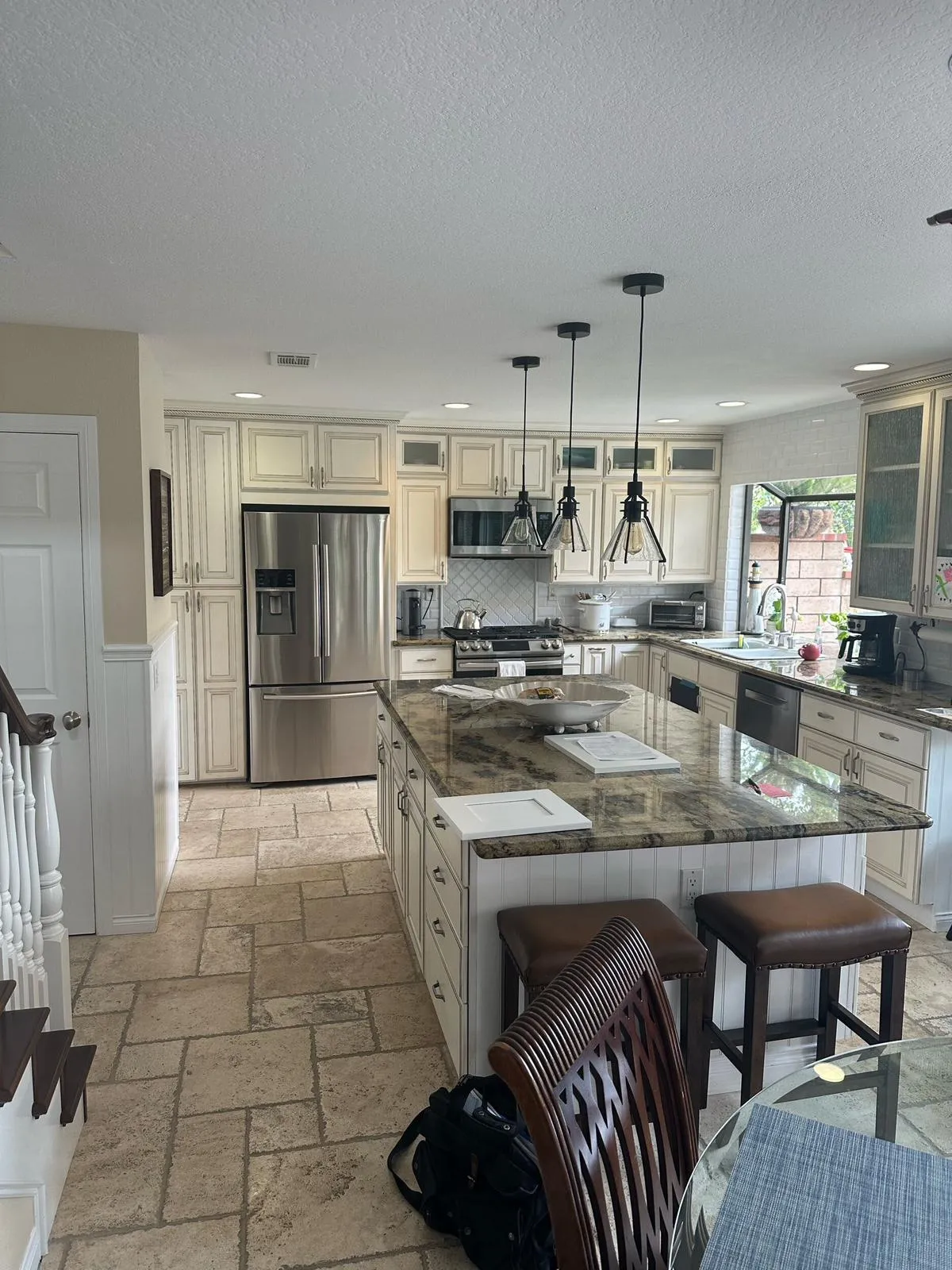
When selecting the color of your kitchen island, consider how it complements your kitchen design. Additionally, for a visually cohesive look, you can match the island faces to the flooring material, creating a harmonious and inviting atmosphere.
How-To Tips for Selecting the Perfect Kitchen Island
Now that you’re ready to choose a kitchen island, there are several factors to consider in order to make the best decision for your space. Whether you’re prioritizing functionality, aesthetics, or both, these tips will help you select the perfect kitchen island that matches your kitchen style.
1. Know Your Kitchen Style First
Your island should complement, not compete with, your kitchen’s overall aesthetic.
- Modern kitchens: Sleek, minimalist islands with flat-panel cabinetry and quartz or concrete countertops work well.
- Traditional kitchens: Go for islands with detailed woodwork, corbels, beadboard panels, and classic granite or marble tops.
- Farmhouse kitchens: Consider rustic wood islands, butcher block tops, and open shelving.
- Industrial kitchens: Islands with metal accents, reclaimed wood, and exposed hardware fit the vibe.
- Scandinavian kitchens: Look for clean lines, light woods, and neutral colors—less is more.
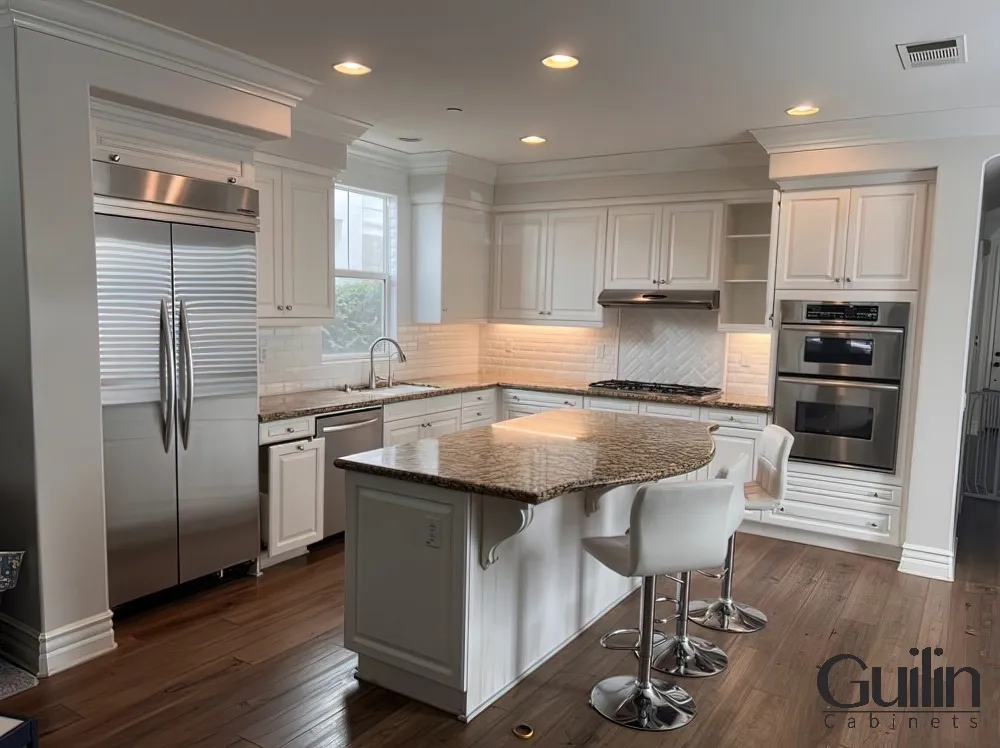
2. Match (or Tastefully Contrast) Materials
After focusing on your kitchen’s theme, the next step involves aligning your island with the color scheme and materials in your room. The right color and material choices can either unify or deliberately contrast, creating a visually pleasing centerpiece. You have the option to match the island’s colors with your cabinetry or flooring to foster a seamless look, or choose a contrasting finish to provide an eye-catching accent that still feels intentional.
- Cabinet color: Match for harmony or contrast for a bold statement (like a navy island in a white kitchen).
- Countertops: Keep consistency if you want a seamless look, or pick a standout stone for visual interest.
- Hardware and fixtures: Use similar finishes to tie things together—brass, matte black, chrome, etc.
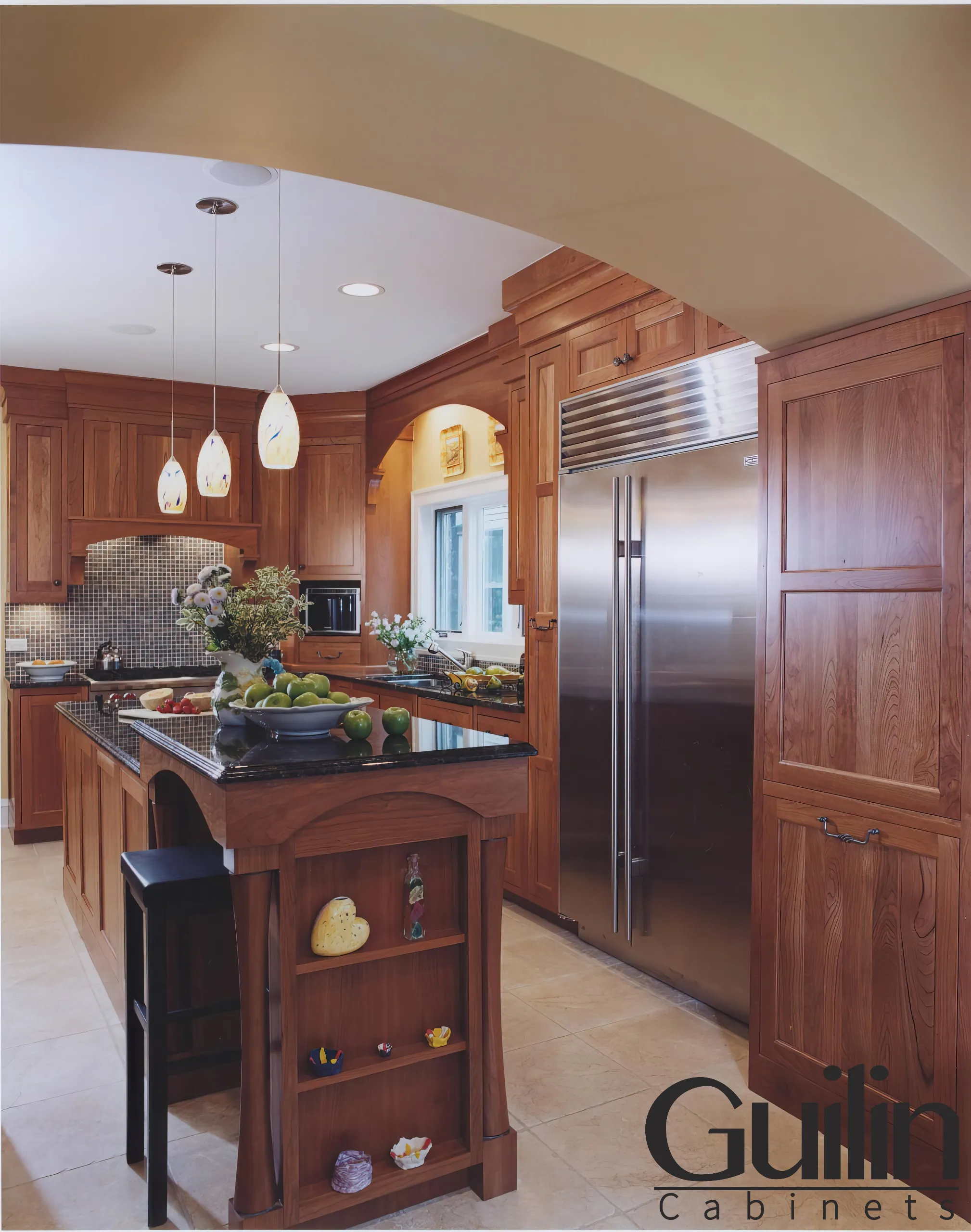
3. Consider Size and Layout
The island must fit the flow of your kitchen:
- Leave 36–48 inches of walkway around all sides.
- Don’t overcrowd. In smaller kitchens, consider a portable island or peninsula.
- If you cook a lot, prioritize prep space. If you entertain often, prioritize seating.
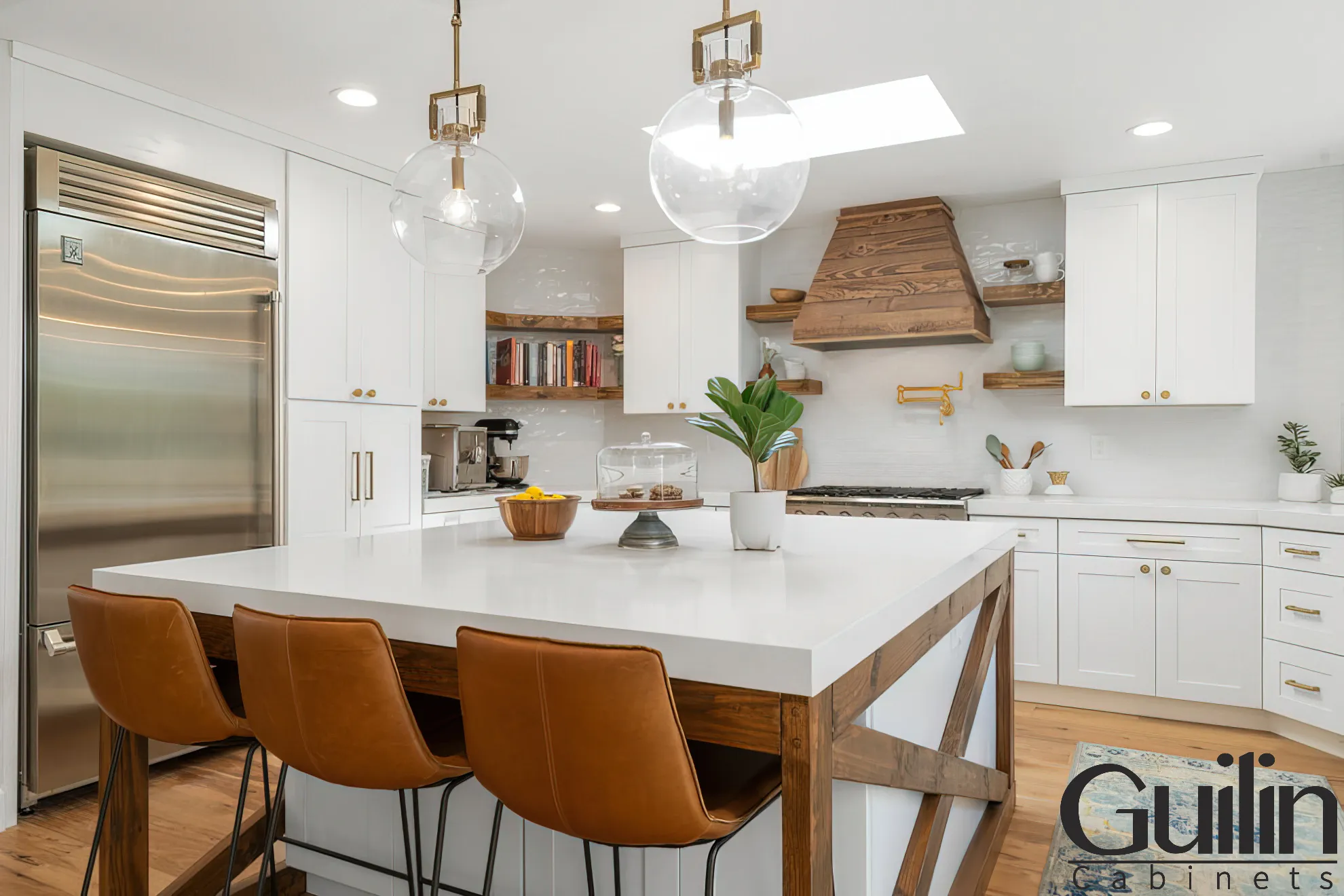
4. Think About Functionality
What’s your island’s main role?
- Extra storage: Go for base cabinets, deep drawers, or even built-in shelves.
- Cooking space: Add a cooktop or prep sink (but factor in plumbing and ventilation).
- Dining area: Include an overhang with bar stools.
- Multifunctional: Mix elements—storage, prep, and seating.
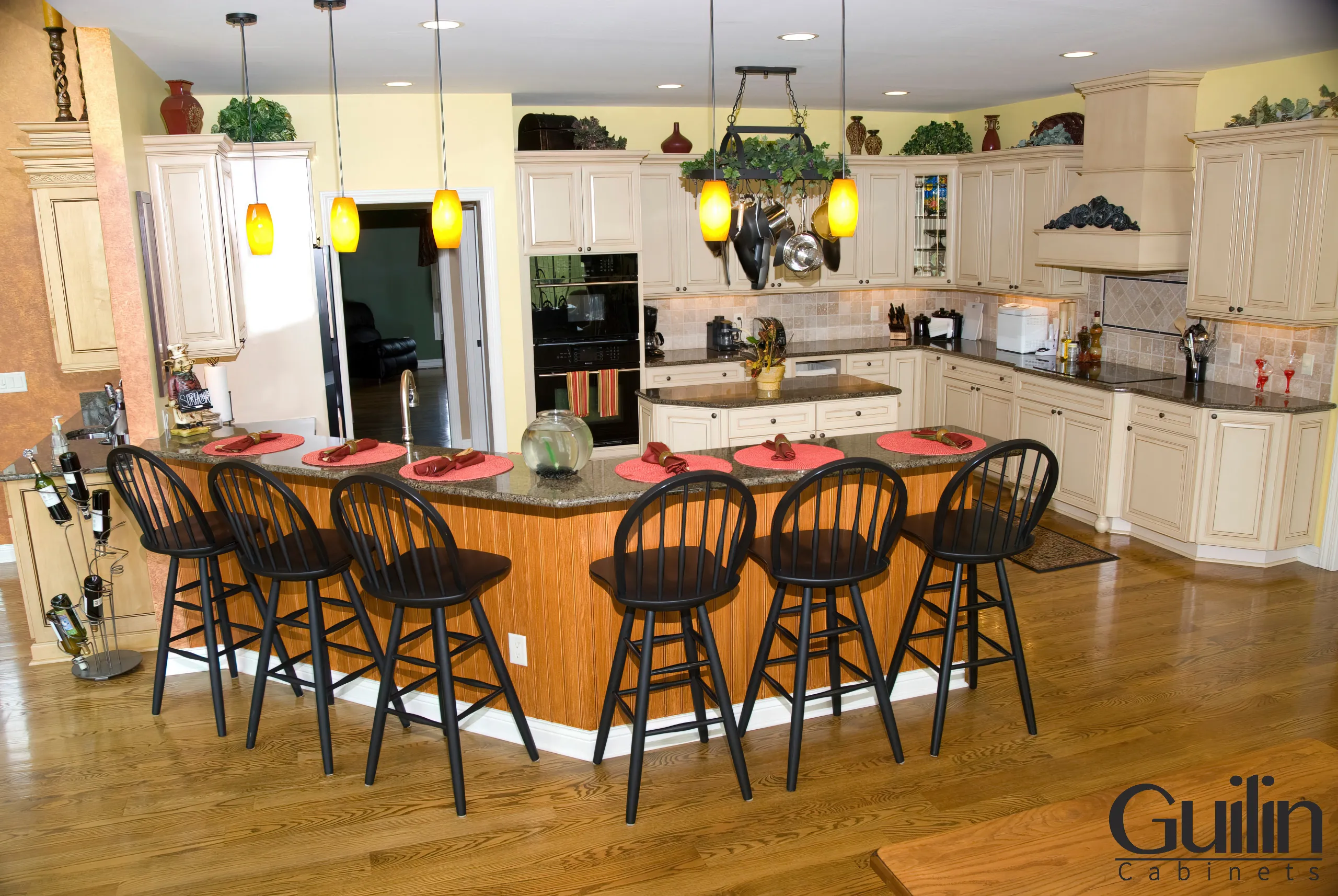
5. Add Stylish Touches
Don’t forget the finishing details:
- Lighting: Pendant lights above the island not only brighten up the workspace but also add a design focal point.
- Molding and trim: Match existing cabinetry details for a unified look.
- Paint or stain: Choose a color that complements your walls, floors, and backsplash.
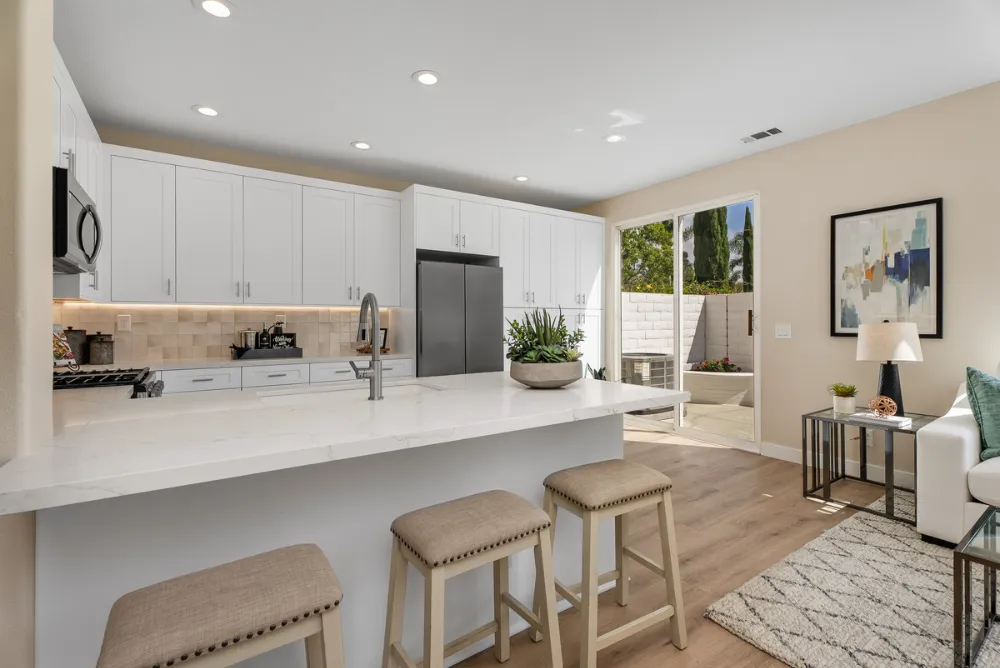
Final Words / To Wrap Up
Presently, choosing a kitchen island that matches your kitchen style involves careful consideration of factors such as the size of the room, clearance zones, and your specific kitchen needs. With options including extended, extra-extended, bubble, perpendicular extension, and peninsula extension islands, there are many ways to customize your kitchen island to fit your space and lifestyle. When designing your kitchen island, pay attention to color, materials, and décor to create a cohesive look that complements your kitchen design. By considering these factors, you can create a kitchen island that not only adds beauty and personality to your space but also improves its functionality.
FAQs About How to Choose Kitchen Islands
How do I determine the right size for my kitchen island?
To determine the appropriate size for your kitchen island, first measure the available space in your kitchen. Ensure there is at least 36 to 48 inches of clearance around the island for comfortable movement and access to appliances and cabinets. Also, consider the kitchen layout and traffic flow to verify the island will not obstruct daily activities.
What materials work best for kitchen islands to match various kitchen styles?
The choice of materials depends on the style of your kitchen. For a modern kitchen, materials like quartz, stainless steel, or concrete work well. Traditional or farmhouse kitchens often use natural woods or butcher block surfaces. You can either match materials with your cabinetry and countertops or select contrasting materials to add visual interest while ensuring the combination feels intentional.
How can I ensure my kitchen island complements my kitchen’s color scheme?
To maintain harmony, choose colors for your kitchen island that either match or tastefully contrast with your kitchen’s existing palette. You may also consider selecting island faces that match your flooring to create a seamless and inviting look. Using complementary colors helps integrate the island smoothly into the overall design.
What functional features should I consider when selecting a kitchen island?
Identify how you plan to use the island. Will it serve primarily as extra counter space, a dining area, or a cooking station? Consider incorporating storage options such as drawers and shelves, seating arrangements if you want it to function as a breakfast bar, and additional utilities like a sink or cooktop depending on your needs.
How important is the layout of my kitchen in choosing the island shape and placement?
The kitchen layout plays a major role in determining the shape and position of your island. For open floor plans, rectangular or extended islands often work best, providing a central gathering spot. In smaller or narrow kitchens, peninsula or bubble islands may fit better without disrupting flow. Proper placement helps maintain easy access to appliances and promotes an efficient work triangle.
What are some stylish details I can add to my kitchen island?
To add style, consider incorporating decorative hardware, contrasting countertop materials, or unique lighting fixtures above the island. Adding molded panels, open shelving, or decorative corbels can also enhance its visual appeal. These small touches help personalize the island and tie it cohesively with your kitchen design.
Are there different types of kitchen islands suitable for various kitchen sizes and styles?
Yes, there are several types of kitchen islands including extended, extra-extended, bubble, perpendicular extension, and peninsula extensions. Each type fits different kitchen dimensions and use cases. For example, peninsula extensions are ideal for kitchens with limited space or open sides, while bubble islands may be suitable as an artistic centerpiece in larger kitchens.

